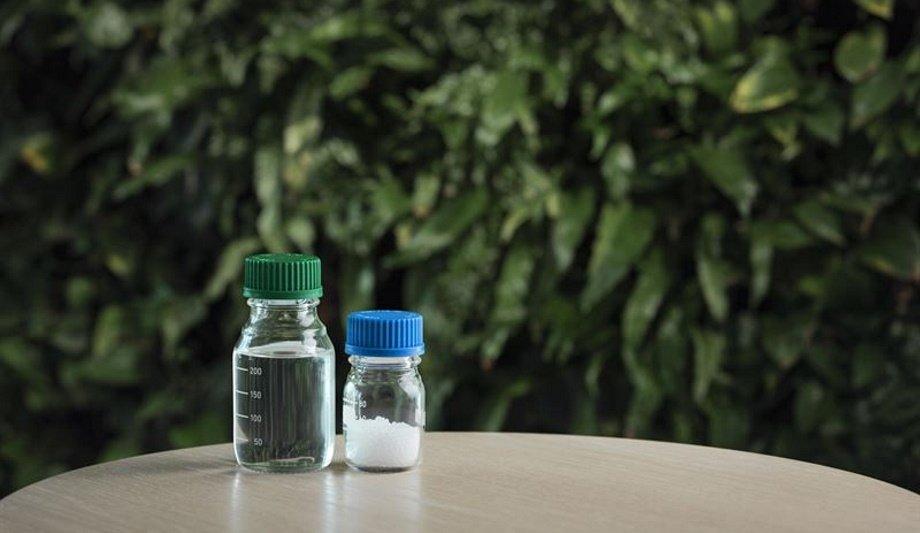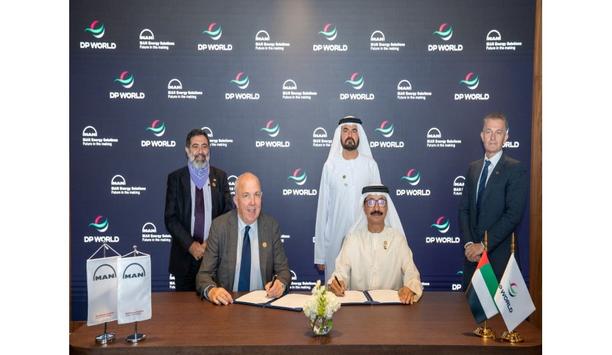Neste recently conducted a life cycle assessment (LCA) study on the environmental impacts of the usage of its 100% renewable feedstock, Neste RE™.
It shows a greenhouse gas (GHG) emission reduction of more than 85% over the life cycle when Neste RE was used to replace conventional fossil feedstock in the chemical and polymers industry. The study thereby confirms the results from earlier studies on Neste’s feedstock for the polymers industry.
LCA Study follows a 'cradle-to-gate' approach
The study followed a 'cradle-to-gate' approach, taking into account the renewable raw materials used, the refining process based on Neste’s NEXBTL technology, all transportation steps along the value chain, as well as end-of-life emissions.
Compared with fossil feedstock, Neste RE’s GHG emissions are more than 85% smaller
The LCA study and its results were reviewed by an external panel of experts from VTT Technical Research Centre of Finland Ltd, Quantis GmbH and Aequilibria Srl-SB.
Compared with fossil feedstock, Neste RE’s GHG emissions are more than 85% smaller, corresponding to a carbon footprint of 0.45kg CO2-equivalent per kg of Neste RE. The study also concludes that fossil resource depletion is reduced by more than 85% when virgin fossil feedstock is switched to Neste RE.
Huge potential
As a concrete example, the study also evaluated the impact on the product’s environmental performance when Neste RE is used in the production of polypropylene, a common polymer used in various everyday applications such as cars, fashion, electronics and food packaging.
For this particular polymer, the GHG emission reduction over the life cycle of the product is more than 80%, taking into account not only the life cycle emissions of Neste RE, but also the processing of Neste RE into renewable polypropylene plastic.
This corresponds to a carbon footprint of 0.90kg CO2-equivalent per kg of renewable polypropylene, resulting in significant potential for the global polypropylene industry to contribute to GHG savings. Fossil resource depletion is reduced by more than 75% in the production of renewable polypropylene.
The positive impact
“The study provides clear confirmation of the positive impact provided by Neste RE feedstock. It underpins the potential for polymers manufacturers and brands to achieve their climate goals. Considering Neste RE is available here and now, it is a solution which supports reaching even ambitious goals already in the short and medium term," says Maiju Helin, Head of Stakeholder Management from Neste’s Renewable Polymers and Chemicals business unit.
Chemically recycled waste
Renewable Neste RE is produced primarily from waste and residue oils and fats of renewable origin, such as used cooking oil. Neste RE can also be produced from chemically recycled waste plastics.
Polymers produced from Neste RE have the same high quality as those made from conventional fossil feedstock and are safe to use, even in sensitive applications in the healthcare, toy and food industries, among others. Neste RE can be used on its own or in a blend with fossil feedstock. It is a drop-in solution suitable for the existing production infrastructure.











